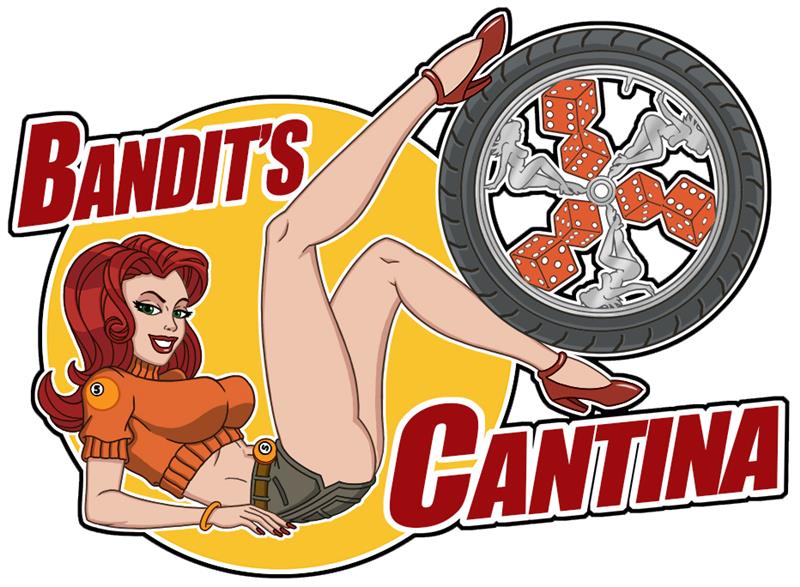
I find these articles not only ridiculous and senseless in terms of deciding the fate of a motorcycle’s saleable value but also, it showcases how unempathetic these automotive journalists are to the real world of motorcyclists and vehicle owners in general.

- Resale value
- After Sales Service
- Parts availability in near future and around the nation,
- Technology in the vehicle,
- Sense of belonging to a community, etc
- Screw the above, Coolness factor and Speed
These are the key factors, whereas the so called specs, features, prices, financing is secondary to the way masses pick a vehicle. If only specs mattered, many old marquee brands would only be seen in museums….all the startups in EV sector would be outselling the existing giants of automotive industry….and probably only Japanese (and some Korean) vehicles would ever have any substantial sales numbers in the industry pie-charts. Well, the last bit is partially untrue since Japanese brands rule the developing nations sales charts.
I am not saying anything extraordinary here. It’s obvious. You picked a Harley-Davidson Sportster over a Polaris Indian Scout and Triumph Bonneville. Why? Can you break down all the details? Buying experience? Was it as pleasant as at a Triumph dealership. I would say no! How about free accessories or goodies? Tough luck, huh? Maybe they had the color you wanted for the bike? Last such unit in the State already sold and none in your favorite color? You still bought it? Well, surely, it was the specs, features, price and financing? Eh! Nope.

Check out the Triumph Scrambler. It’s so tiny, Japanese sports bikes look huge in comparison. A guy took a test ride and felt his dick shrink because he wrote in his review, “For such an expensive bike it has no street presence. It’s tinier than commuter spec motorcycles and uglier.”
Bah, hum! Vehicles as extension of personality is not an alien concept. It’s natural. We wear the clothes that highlight our attitude. We have a hairstyle and favorite music that advertise our style. We go places and be with people who “get” our vibes and all these knickknacks become “our” personal culture.
Brands die when they abandon their identity and pretend to be their competition. Phonies! You can catch ‘em in their tries. You probably knew a kid in high-school or college who was such a wannabe, trying to be someone else and failing at being genuine, dignified and honorable. Identity crisis is another humanistic woe faced by brands today in 21st century. Just as the modern day confused generation, there are brands that don’t know whom to sell and how—
1. those from old guard who keep buying and have the wealth and time to enjoy shit or
2. to the detergent-pod consuming, handset staring, with ears drowned in streaming-audio-impaired hearing, graduates with unemployable academic degrees youth who will have to become the future of the brand if the brand wants to survive.


Royal Enfield and, to much extent, Triumph are great examples of making profit from nostalgia. How new generation perceives these dinosaurs gave the brands the concept to pitch to them a more modern beast in the old reptile’s shell.
Enfield’s story is more dramatic because it’s an absolute business turnaround. A case study for management college syllabus. Instead of buying an Enfield, if you had purchased equity shares worth the motorcycle’s retail price, then in 10 years, by 2018, you would be a multi-millionaire. It was so unconceivable that at the time only Enfield’s parent company Eicher threw money and investment at the old bull—then suddenly, this child company delivered such thoroughbreds, that people know Eicher trucks by associating them as an Enfield company.
What works for Marlboro or Jack Daniels or Rob Zombie or Scooby Doo (or SpongeBob SquarePants) or Royal Enfield?

Unfortunately for Harley-Davidson, at present, their vision and values are all over the place. Additionally, they are a public company—listed on the stock exchange. Their decisions are not coming from customer feedback, but choices from Wall Street volatility.

Finding a rider who can also be a corporate head is a rare event. Not every person can be a Mr. Ferrari or a Mr. Harley & Mr. Davidson. December is arriving. I would be keen to see the latest sales numbers of Harley-Davidson’s Pan America or LiveWire Del Mar or Serial 1 bicycles. They likely sell more apparel than most apparel brands who spend top dollar on advertising for their clothing line, using trending fashion models. Yet, an authentic Harley-Davidson jacket will make you grin wider and reach higher in high-school than the Levis or Nike in your classmates arsenal.
Okay, we drifted away….back to basics. Sometimes, we just buy what we can afford or what’s in the store. You want pizza? Tough luck if the neighborhood only has fried chicken and Wonton soup. Would you love to buy a Tesla? Well, they are not having dealership enquiries from your nation right now. Ride the tuktuk. Dream of wearing Air Jordans but it’s first day at your first job? You can’t spend what you never had (unless you are a banker). If you are a banker, it’s no wonder you are interested in this article to have read it so far.

I am not suggesting any typical formula that would sell all vehicles off the showroom. In general—the vehicle needs a future because the rider imagines himself/herself being associated with the vehicle being bought for the near future. Some ride their motorcycle all their life and never upgrade or sell, choosing to maintain it in running condition for the lifecycle of the rider rather than the perceived lifecycle of the ride.

However, never be fooled by the media claiming their numbers and statistics. If the buyers of Borough Superior imagined that they needed a rule-book to guide their purchase, none of those Borough Superiors would survive till today—and the world would be poorer for it.

